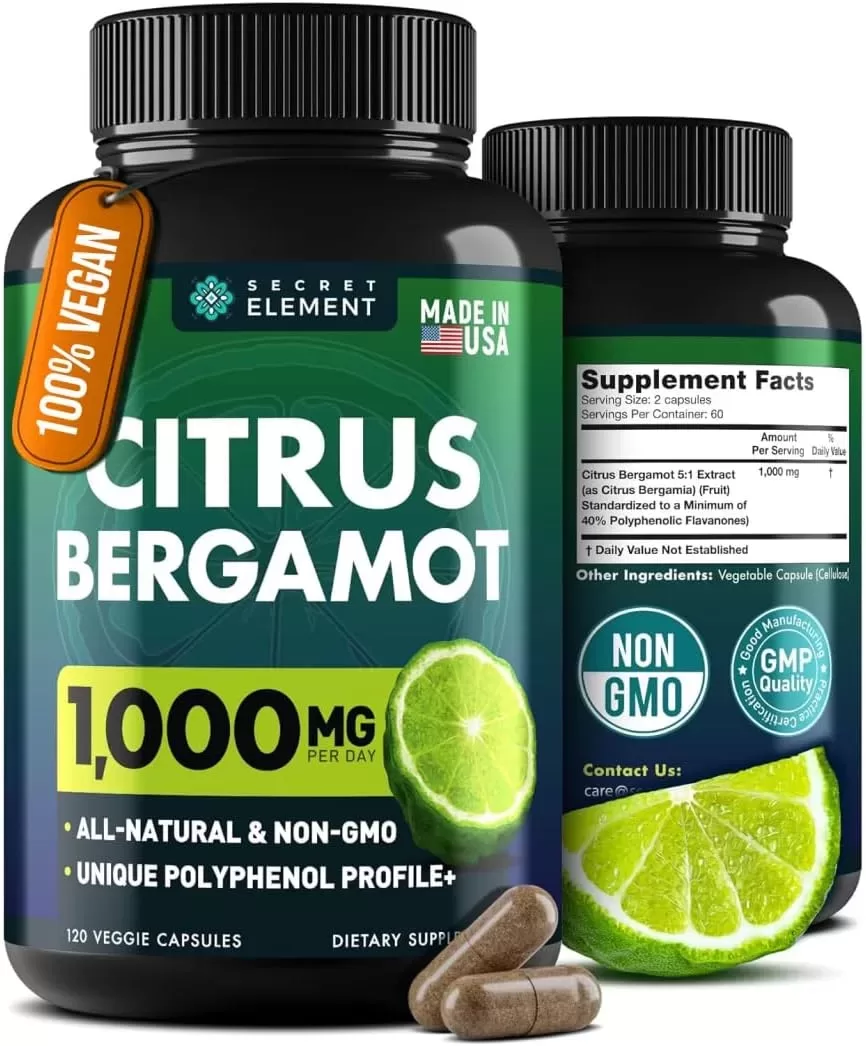Are you confused about the difference between Paleo and Vegan diets? Both Paleo and Vegan diets have gained immense popularity for their health benefits, but they have distinct approaches. From food lists to potential impacts on blood work and autoimmune conditions, we’ll uncover which diet might be the best fit for your health goals.
Paleo enthusiasts draw inspiration from the diets of our hunter-gatherer ancestors, focusing on meat, fish, poultry, fruits, vegetables, nuts, and seeds. They avoid grains, legumes, dairy, and refined sugars. On the other hand, Vegans take a more restrictive stance, abstaining from all animal products, including meat, fish, poultry, eggs, and dairy. Their diet primarily consists of plant-based foods like fruits, vegetables, grains, legumes, nuts, and seeds.
Curious about the nuances between these two popular diets? Delve deeper into the world of Paleo and Vegan in this comprehensive article. Discover their underlying principles, nutritional benefits, potential drawbacks, and how to choose the one that aligns best with your health goals and lifestyle. Let’s embark on this culinary journey together!

Key Differences of Paleo and Vegan
A recent study published in the Harvard Health found that both Paleo and Vegan diets can offer significant health benefits, such as improved heart health, weight management, and reduced risk of chronic diseases. However, they differ significantly in their food sources and restrictions.
Paleo vs. Vegan Diet Comparison
| Feature | Paleo | Vegan |
| Focus | Meat, fish, poultry, fruits, vegetables, nuts, and seeds | Plant-based foods such as fruits, vegetables, grains, legumes, nuts, and seeds |
| Avoid | Grains, legumes, dairy, and refined sugars | All animal products (meat, fish, poultry, eggs, dairy) |
| Inspiration | Hunter-gatherer diets | Ethical and environmental concerns |
Philosophical Approach
A study conducted by the National Library of Medicine explored the underlying philosophical principles of Paleo and Vegan diets. Both approaches emphasize health and sustainability, but they differ in their perspectives on human-animal relationships and the role of nature in diet.
Paleo emphasis on natural selection and adaptation. The Paleo diet often aligns with the philosophy of ancestral health, suggesting that humans are best adapted to a diet similar to that of our hunter-gatherer ancestors.
Vegan emphasis on compassion, animal rights, and environmental sustainability. Veganism is often rooted in ethical concerns about animal welfare and the environmental impact of animal agriculture.
Nutritional Considerations
AllPlants blog compared the nutritional profiles of Paleo and Vegan diets. While both diets can provide essential nutrients, they differ in their sources and potential deficiencies.
Protein Sources: Paleo vs. Vegan
| Feature | Paleo | Vegan |
| Primary Sources | Meat, fish, poultry, eggs, dairy | Legumes, beans, lentils, tofu, tempeh, nuts, and seeds |
| Benefits | Wide variety of animal-based protein sources for tissue building and repair | Diverse plant-based protein options for adequate intake |
| Considerations | May be higher in saturated fat | Requires careful planning to ensure sufficient protein intake |
Nutrient Concerns
A study published by Loren Coradain, Ph.D. highlighted potential nutrient deficiencies associated with both Paleo and Vegan diets. While both can be healthy, it’s important to be mindful of these concerns.
| Nutrient | Paleo | Vegan |
| Calcium | May be difficult to meet daily requirements without dairy | Typically adequate from plant-based sources like leafy greens and fortified foods |
| Fiber | May be lower due to focus on meat and animal products | Generally higher due to abundance of plant-based foods |
| Vitamin B12 | Typically adequate from animal products | Requires supplementation or fortified foods to meet needs |
| Iron | May be lower due to focus on animal products | Adequate from plant-based sources, but absorption can be lower |
Health Effects and Benefits
A meta-analysis published in the British Journal of Nutrition compared the health outcomes of Paleo and Vegan diets. Both diets have been associated with various health benefits, but the specific outcomes may vary depending on individual factors.
- Weight Loss and Management: Both Paleo and Vegan diets can be effective for weight loss and management due to their emphasis on whole, unprocessed foods.
- Improved Heart Health: Studies have shown that both diets can contribute to lower blood pressure, cholesterol levels, and reduced risk of heart disease.
- Reduced Risk of Chronic Diseases: Paleo and Vegan diets may help lower the risk of type 2 diabetes, certain types of cancer, and other chronic conditions.
- Digestive Health: Both diets can improve digestive health by reducing inflammation and promoting gut microbiota balance.
- Nutrient Density: Both Paleo and Vegan diets can be nutrient-dense, providing essential vitamins, minerals, and antioxidants.
Environmental Impact and Sustainability
A journal of the American Society for Nutrition examined the environmental footprint of various dietary patterns, including Paleo and Vegan. Both diets have distinct environmental implications.
| Factor | Paleo | Vegan |
| Carbon Footprint | Higher due to meat production, especially red meat | Lower due to reduced animal product consumption |
| Water Consumption | Higher due to animal agriculture | Lower due to reduced animal product consumption |
| Land Use | Moderate, with some potential for habitat destruction | Moderate, with potential for deforestation (e.g., soy, palm oil) |
Weight Loss and Diet Quality
A meta-analysis published in the Journal of Obesity compared the effectiveness of Paleo and Vegan diets for weight loss. Both diets can be beneficial for weight management, but the specific outcomes may vary depending on individual factors.
- Caloric Deficit: Both Paleo and Vegan diets can contribute to weight loss by promoting a caloric deficit. This means consuming fewer calories than you burn.
- Nutrient Density: Both diets can be nutrient-dense, providing essential vitamins, minerals, and antioxidants, which can support overall health and weight management.
- Fiber Content: Both Paleo and Vegan diets typically include a high fiber content, which can help you feel full and satisfied, reducing overall calorie intake.
- Protein Intake: Both diets can provide adequate protein, which is important for maintaining muscle mass and preventing muscle loss during weight loss.
- Individual Factors: The effectiveness of Paleo and Vegan diets for weight loss can vary depending on factors such as individual metabolism, physical activity levels, and adherence to the diet.
Pros and Cons
An article from News-Medical.net provides a comprehensive overview of the benefits and drawbacks of the Paleo diet. It highlights the diet’s emphasis on whole foods and its potential health benefits, as well as the challenges related to nutrient deficiencies and the exclusion of certain food groups.
Paleo Diet: Pros and Cons
| Pros | Cons |
| Improved Blood Sugar Control | Nutrient Deficiencies |
| Enhanced Nutrient Intake | Ethical Concerns |
| Reduced Inflammation | Sustainability |
| Weight Loss | Cost |
Vegan Diet: Pros and Cons
An article published by Healthline reviews 16 randomized controlled studies on vegan diets. It covers various health benefits, including weight loss and reduced blood sugar levels, as well as potential downsides like lower intake of certain nutrients.
| Pros | Cons |
| Improved Heart Health | Nutrient Deficiencies |
| Reduced Risk of Chronic Diseases | Dietary Challenges |
| Environmental Sustainability | Social and Cultural Barriers |
| Ethical Considerations | Cost |
| Weight Loss | N/A |
The Pegan Diet
For those who find Paleo’s restrictions daunting or Vegan’s complete animal product exclusion a bit too strict, there’s a middle ground: the Pegan diet. This approach blends the best of both worlds, prioritizing plant-based whole foods like fruits, vegetables, nuts, and seeds, while allowing for moderate inclusion of high-quality animal products like fish, pasture-raised eggs, and occasional lean meats.

FAQs
What is the difference between vegan and vegan?
There is no difference between “vegan” and “vegan.” Both terms refer to a diet that excludes all animal products, including meat, fish, poultry, eggs, and dairy.
What is the difference between paleo and animal-based diet?
The Paleo diet focuses on whole, unprocessed foods that resemble the diets of our hunter-gatherer ancestors, including meat, fish, poultry, fruits, vegetables, nuts, and seeds. In contrast, an animal-based diet primarily emphasizes animal products, potentially including processed meats and unhealthy fats.
What is the difference between paleo and Pegan?
The Pegan diet combines elements of the Paleo and Vegan diets. It emphasizes whole, unprocessed foods like the Paleo diet but also incorporates plant-based foods and limits certain animal products, unlike the strict Paleo approach.
What is the difference between the paleo diet and the regular diet?
The regular diet, often referred to as the “standard American diet” (SAD), is typically high in processed foods, refined grains, added sugars, unhealthy fats, and excessive amounts of sodium. The Paleo diet, on the other hand, emphasizes whole, unprocessed foods and avoids these unhealthy components.
Whichever path you choose, consulting a healthcare professional or registered dietitian can ensure you’re getting the nutrients your body needs to thrive. So, ditch the fad diets and embrace a sustainable, personalized approach to healthy eating that aligns with your lifestyle and values here!
Happy eating!













